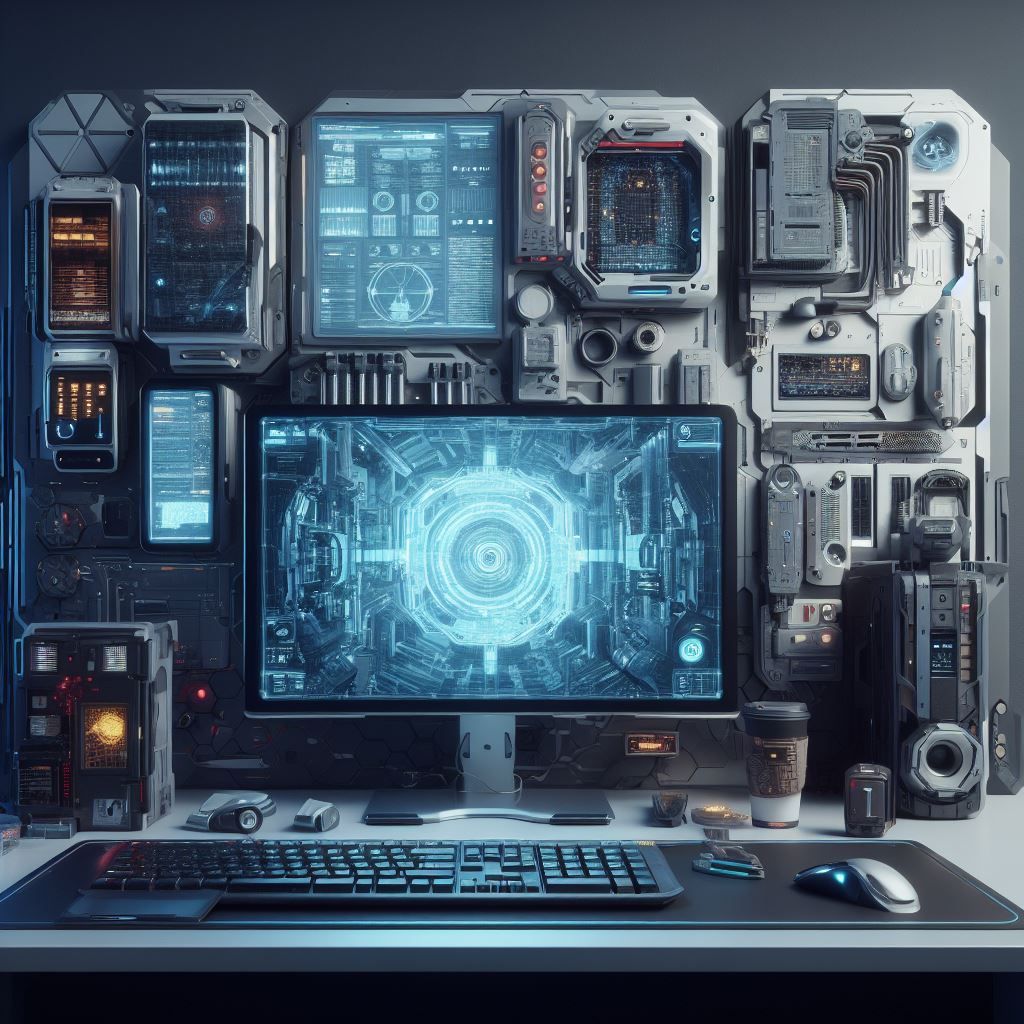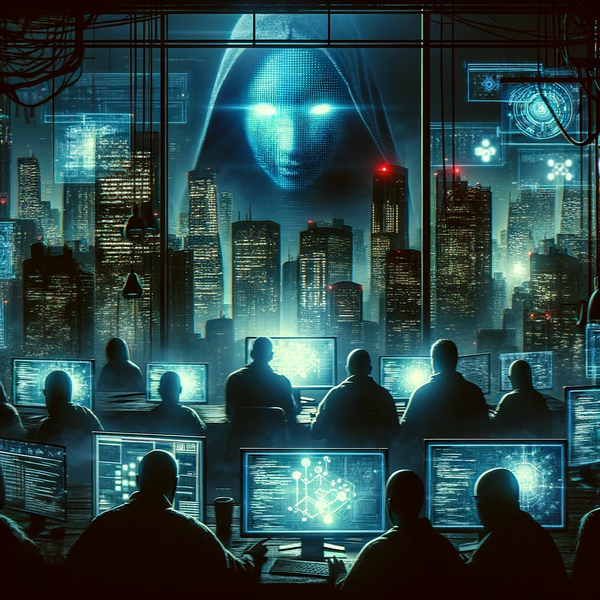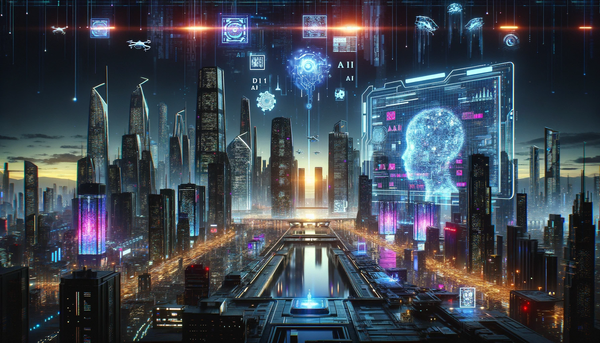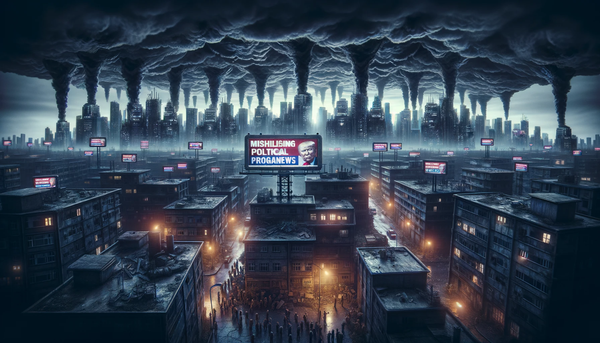"War Games" and Our Dark Future: How AI and Disinformation Could Trigger a Global Catastrophe
In the 1983 movie "War Games," AI-driven war simulations risked global annihilation. Today, the fusion of AI, disinformation, and generative tech threatens a similar peril. As false narratives and AI-created content blur reality, can we discern real from fake before it's too late?

In 1983, the movie "War Games" gripped audiences with a chilling narrative: a young computer whiz inadvertently hacks into the U.S. military's war simulation system, mistaking it for a game. As the plot unfolds, the possibility of global annihilation becomes palpable, with AI-driven war simulations inching closer to launching an actual nuclear war. This cinematic piece, while meant for entertainment, posed a deeply unsettling question: What happens when technology we don't fully understand goes awry?
Fast forward to our current age. We are deeply enmeshed in a digital ecosystem where AI, disinformation, and generative AI have become household terms. These powerful tools shape our perceptions, our actions, and ultimately, our futures. But have we heeded the cautionary tales of films like "War Games"?
AI: Our Modern Oracle
Artificial Intelligence, or AI, is everywhere. It drives our cars, curates our news, and even decides which products we might like to buy. But there's a dark side. AI systems, sophisticated as they are, operate based on data they're fed. Like the war simulation system in "War Games", modern AIs don't inherently understand context or nuance; they act on patterns they've learned.
Imagine the implications of this in a militarized setting. If disinformation – false data with malicious intent – is fed into a defense system's AI algorithms, the outcomes could be catastrophic. Decisions based on skewed data could lead to unprovoked attacks, triggering a domino effect of retaliations.
Generative AI: Crafting Reality or Deception?
Generative AI goes a step further. It doesn't just process information – it creates content. Whether it's a fake video, counterfeit news article, or synthetic audio, the products of generative AI are often indistinguishable from reality.
In a world where seeing is believing, how do we discern the real from the fake? If a well-crafted fake video showed a world leader declaring war, even if it were disproven hours later, the immediate ramifications could be irreversible.
Disinformation: The Invisible Enemy
Disinformation campaigns are not new, but the scale and efficiency at which they can be deployed today are unparalleled. With AI tools, malicious actors can target specific populations, tailoring fake news to exploit existing fears or prejudices.
When combined with AI-driven platforms that amplify the most engaging (often the most polarizing) content, it's easy to see how false narratives can spread like wildfire, shaping public opinion and government actions.
Conclusion: A Precarious Dance on the Edge of Disaster
"War Games" was a work of fiction, but the cautionary tale it presented is more relevant now than ever. As we further integrate AI into critical decision-making processes, the margin for error narrows. Disinformation, whether fed unintentionally or maliciously into these systems, has the potential to set off a chain reaction with dire global consequences.
We find ourselves in a world where the lines between fact and fiction are increasingly blurred, and the stakes are astronomical. As technology advances, so must our understanding and respect for its potential – both for immense good and profound devastation. If "War Games" taught us anything, it's that sometimes the best move is not to play. But in our current reality, abstaining isn't an option. Our best bet? Tread carefully, always question, and invest in the tools and education that help us discern the real from the AI-generated.



